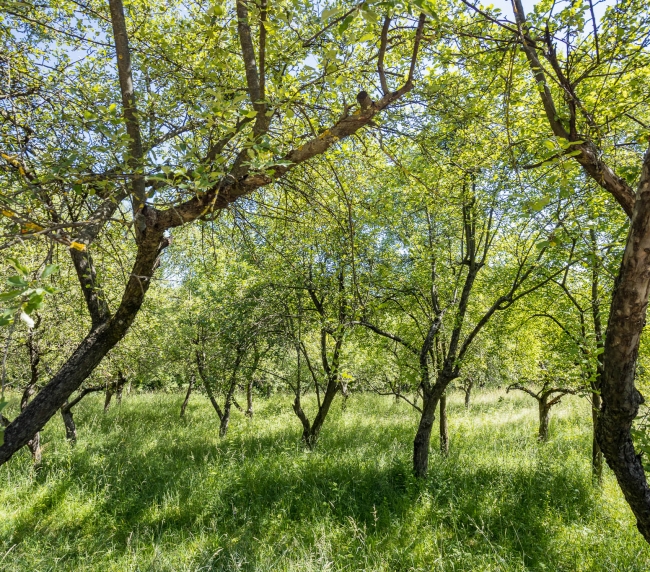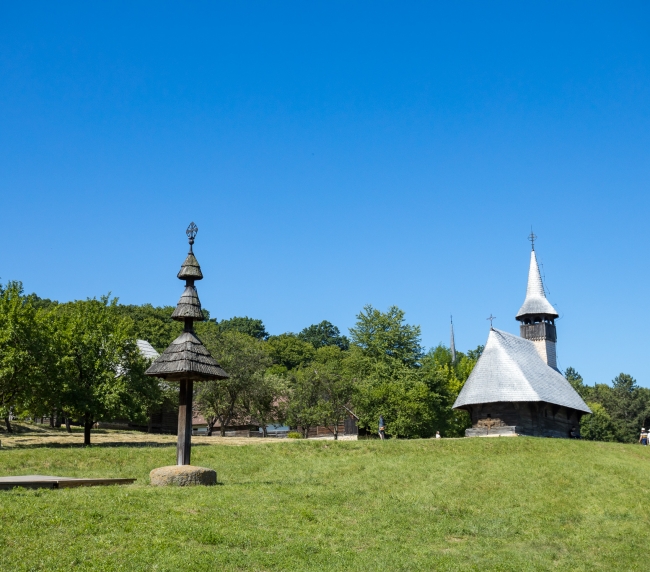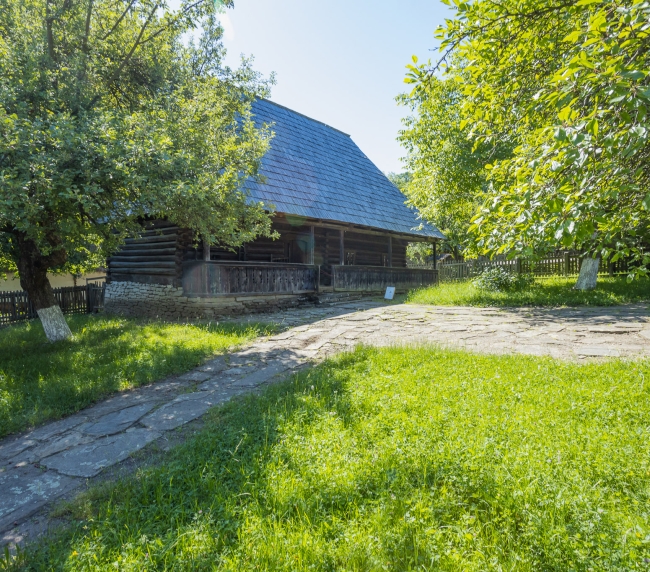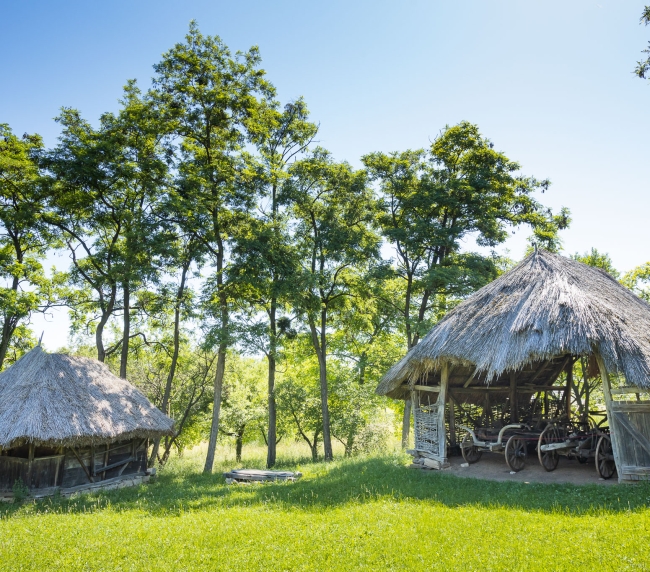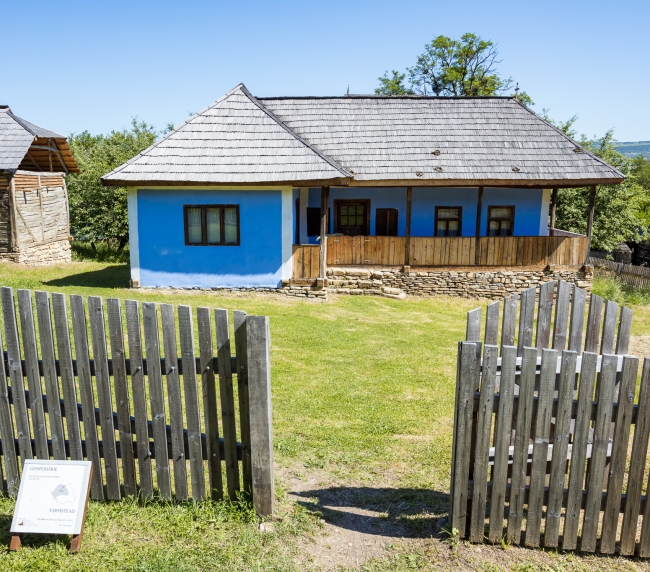About the Ethnographic Park
The Ethnographic Park, popularly known as the “Village Museum” in Cluj-Napoca, was established in 1929 by Romulus Vuia and is the country’s first park of its kind. And the place itself seems torn from fairy tales.
Most of the houses exhibited in the park are donated and gathered from all over Transylvania, and around them, there’s a unique charm in the air. You don’t just look at them as exhibits, but you feel the respect and care you would feel when entering someone’s home. You sense that they have been lived in, appreciated, and cared for.
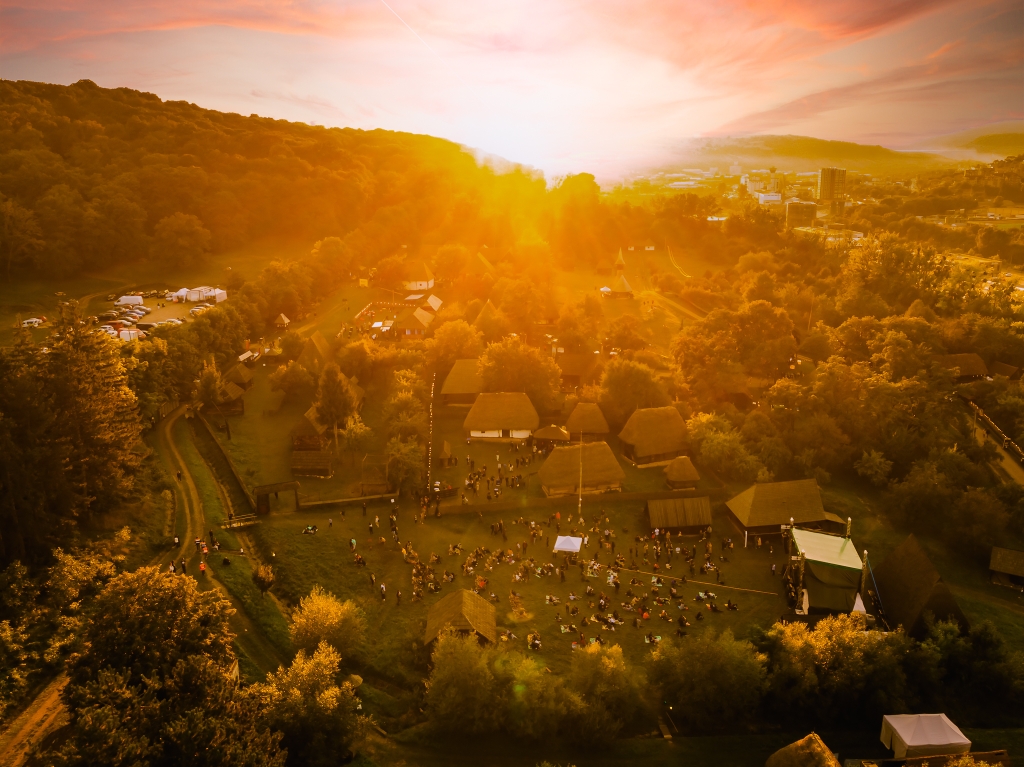
Entering the park is an initiatory journey that prepares you and makes you work a little to reach where you desire. Once you’re here, the scent of freshly cut grass entices you, along with that feeling of being on vacation.
Three churches rise and serve as landmarks in this hidden village within a bustling city. Perhaps the time-traveling machine has not been invented yet. However, this place certainly makes time stand still.
We are honored to hold a festival here. We transform every courtyard into a special attraction. We hide stages in barns and set up workshops in the orchards of our small village. And next to the churches, we raise two grand stages, meant to honor the music we promote.
Jazz in the Park is like a fairytale. And much is owed to this place.You can read more about it here: click for the official website.

